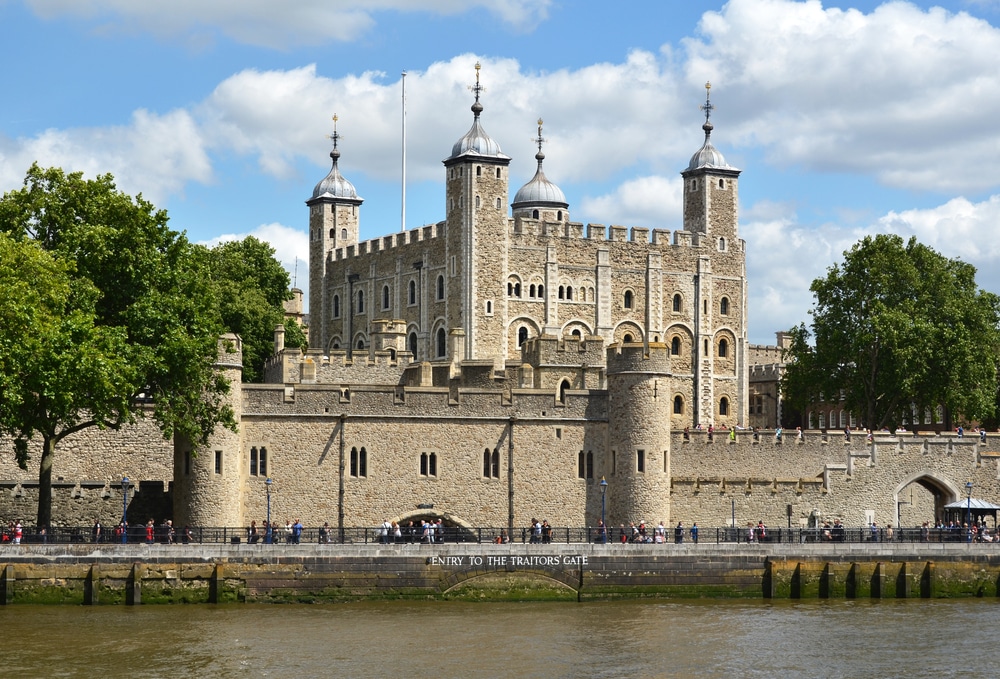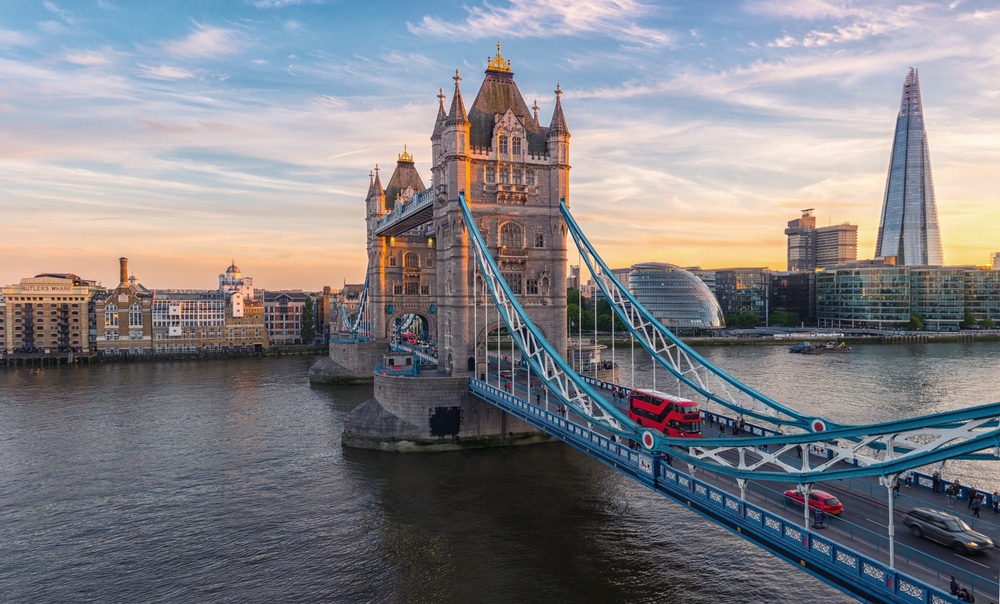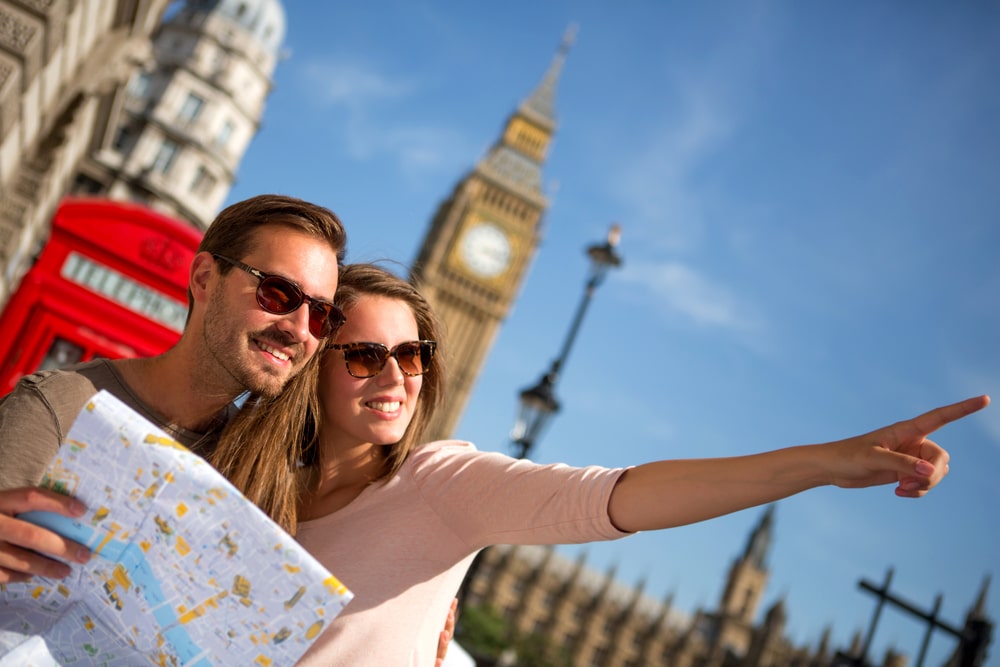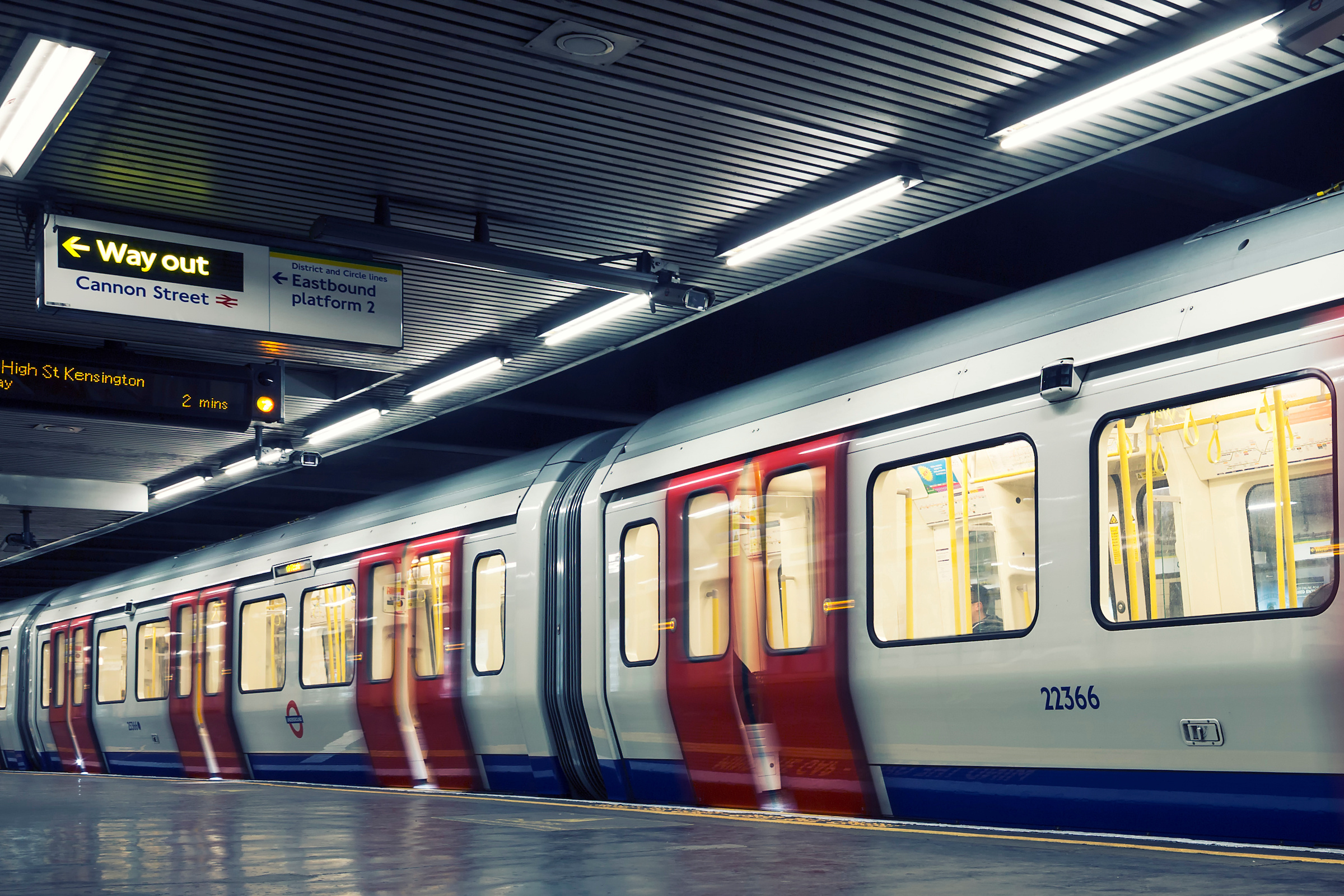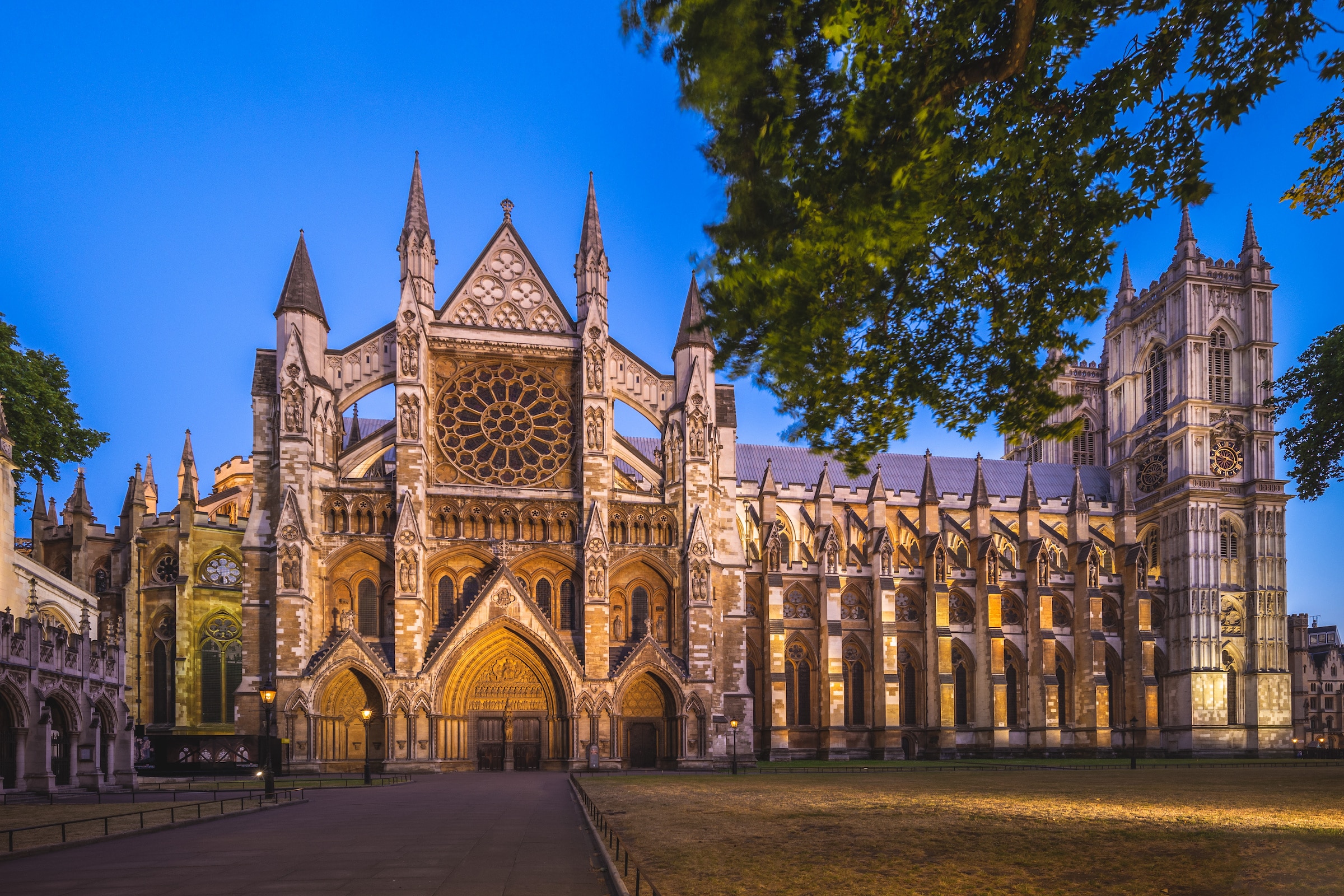- Home ›
- United Kingdom ›
- London
The Tower of London with its museums, guided tours and exhibitions is open to the public. It is one of London's most popular and rewarding tourist attractions, with around 2.5 million visitors each year.
In keeping with its cultural and historical significance, the British capital London has a whole series of architectural landmarks. Buckingham Palace, Tower Bridge and the Elizabeth Tower, often referred to as "Big Ben", are world-famous. Much older and therefore in an almost unique way British history and tradition both museum and lively-actively presenting is another stone London highlight: the Tower of London.
Officially, the famous building on the left bank of the Thames has the impressive long name "Her Majesty's Royal Palace and Fortress Tower of London". The historic complex, surrounded by three rings of fortress walls, is located not far from Tower Bridge in the Borough of Tower Hamlets, close to the city centre. On an area of seven hectares, several outbuildings are grouped around the almost square White Tower, a 27 m high keep of early Norman type.
Almost 1000 years old history
The origins of the Tower of London go back to the Norman Duke William the Conqueror. The Norman had seized the English throne in 1066 after defeating troops of the last Anglo-Saxon king, Harold II. To secure his power, the new king had a palisaded castle built on a hill in London in the same year. In 1077/78, this fortress was replaced by the more massive White Tower, built of light-coloured limestone hewn in Kent, with its four characteristic corner towers. Since then, the Tower of London, which is now almost a thousand years old, has been continuously added to or changed.
Beside the White Tower that gives its name to the whole complex, the Tower ensemble today is mainly determined by its gate towers (Bloody Tower, Traitor's Gate, Middle Tower) and more than a dozen of further towers and bastions. In addition, there is the church of St. Peter ad Vincula, an administration building, a hospital, a restaurant with café, and accommodation such as the half-timbered Queen's House and the barracks Waterloo Barracks.
[caption id="attachment_1370" align="alignnone" width="800"]  The Queen's House, a timber-framed building inside the Tower of London[/caption]
The Queen's House, a timber-framed building inside the Tower of London[/caption]
Prison and execution site
The Tower of London was not only a stronghold and refuge to keep the Londoners who were hostile to the Crown at bay or to protect themselves from them, but also the residence of the royal family for a relatively short time. Furthermore, some buildings served as state archives, mint or arsenal. Until the 20th century, the Tower was regularly used as a prison for celebrity prisoners. These prisoners included a number of English (ex-)kings, the Anglican martyr Thomas More, Elizabeth Tudor, who became famous after her imprisonment as "Queen Elizabeth I", and the Irish rebel Sir Roger Casement. Rudolf Hess, the top German Nazi imprisoned here in 1941, was one of the last Tower prisoners. The Tower was also a place of execution: Here, for example, on the orders of her husband King Henry VIII, his wives Anne Boleyn and Catherine Howard met their deaths by beheading. The last person executed in the Tower was a German convicted of espionage in 1941.
Crown Jewels and Ravens
One of the Tower's most important functions is its position as the repository of the Crown Jewels, considered to be the manifest symbols of British royalty. These include crowns, scepters, rings and other jewels of both material and immaterial value. They are kept at Jewel House in Waterloo Barracks.
The Tower grounds are home to a number of ravens. The lovingly cared for animals, most of which have been rendered flightless by wing clipping, owe their stay to a legend according to which the British Commonwealth would perish if there were no more ravens in the Tower.
[caption id="attachment_1371" align="alignnone" width="800"]  Raven in the Tower of London[/caption]
Raven in the Tower of London[/caption]
